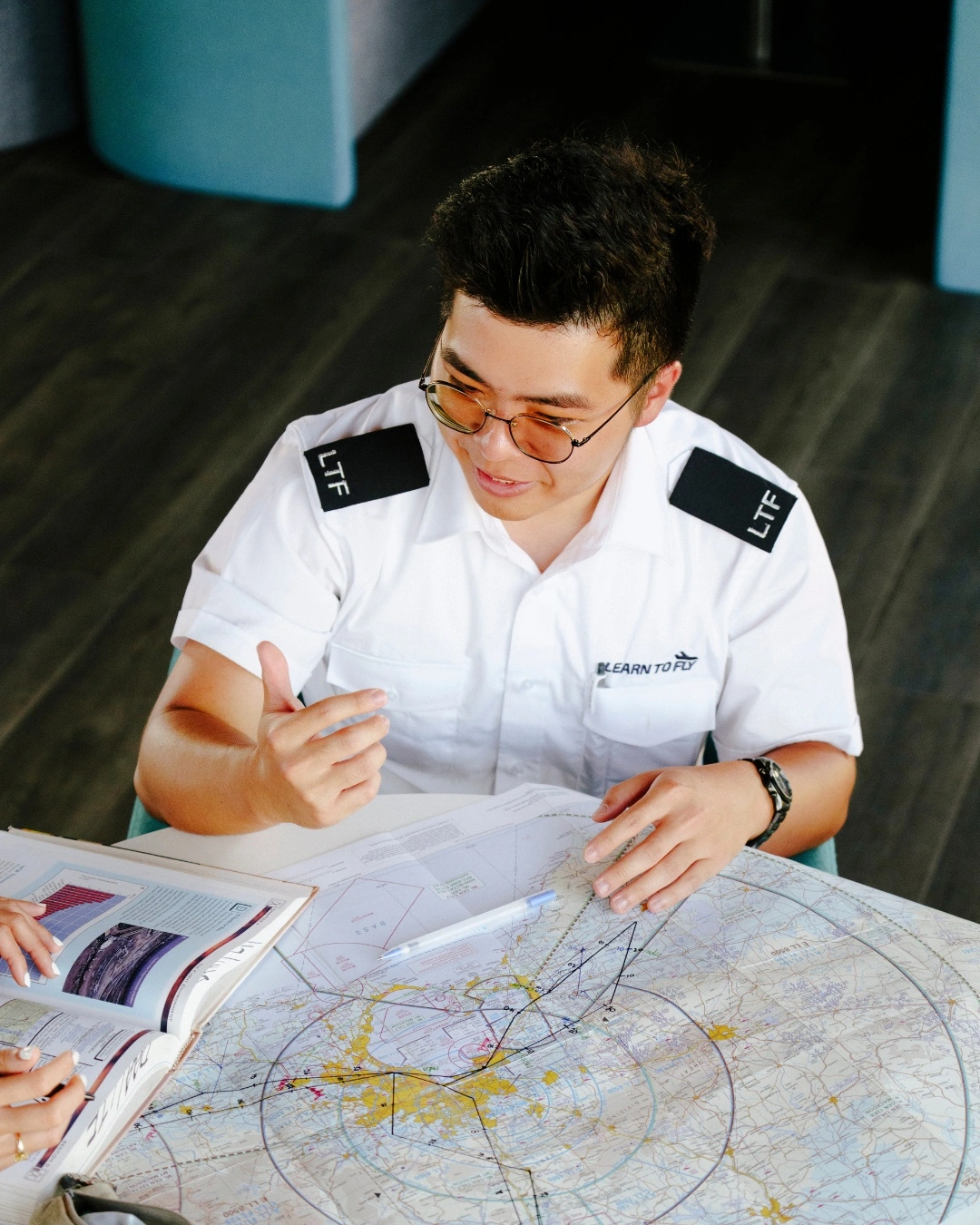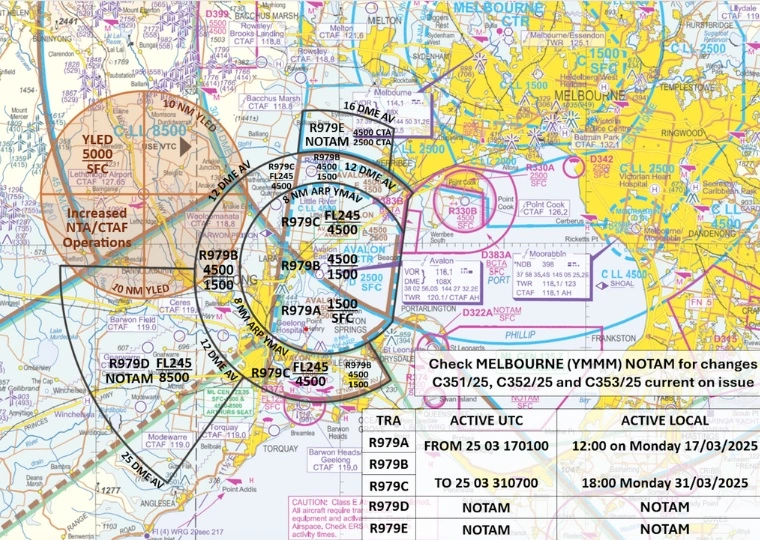Becoming a pilot is a dream for many, but the journey begins with choosing the right flight school. With numerous options available, from small independent academies to large training institutions, selecting the best training program can be overwhelming. Factors such as course structure, cost, location, instructor experience, and career prospects all play a role in determining which flight school aligns best with an aspiring pilot’s goals.
For those wondering how to become a pilot in Australia, the first step is understanding the different types of pilot training programs available, including those leading to a commercial pilot licence (CPL).
Understanding Your Flight Training Goals
Before selecting a flight school, it’s important to identify your career aspirations. Flight training is structured around different pilot licences, each with unique requirements and applications.
- Recreational Pilots – If you aim to fly for personal enjoyment, a Recreational Pilot Licence (RPL) or Private Pilot Licence (PPL) may be sufficient. These licences allow you to fly solo or with passengers but do not permit commercial operations.
- Professional Pilots – If your goal is to fly for airlines, charter companies, or corporate aviation, you will need a Commercial Pilot Licence (CPL) followed by an Airline Transport Pilot Licence (ATPL). Some pilots may also pursue a Flight Instructor Rating or specialise in multi-engine or instrument flying.
By clarifying your goals early, you can narrow down flight schools that offer the training pathway suited to your ambitions.
Types of Flight Schools in Australia
In Australia, there are two main types of flight schools:
- CASA-Approved Part 141 Flight Schools – These are smaller flight schools that focus on personalised training. They are ideal for students who prefer a flexible schedule and one-on-one instruction. Training is often structured around the student’s pace.
- CASA-Approved Part 142 Flight Schools – These larger academies offer integrated flight training programs, typically used by airlines and structured training providers. They follow a stricter, accelerated syllabus, often with classroom-based theoretical instruction alongside practical flying lessons.
The choice between these two options depends on whether you prefer a more self-paced learning experience or an intensive, career-focused program.
Key Factors to Consider When Choosing a Flight School
1. Accreditation and Reputation
A good flight school should be accredited by the Civil Aviation Safety Authority (CASA) in Australia. CASA regulates aviation training and ensures that schools meet strict safety and educational standards.
Beyond accreditation, research the school’s reputation. Speak with past students, read online reviews, and visit the school if possible. A well-respected school with a strong history of training pilots can increase your chances of success.
2. Instructor Quality and Experience
The quality of flight instructors can significantly impact your learning experience. Look for schools with experienced instructors who have extensive flying hours and a solid teaching background. Some instructors may have airline or commercial aviation experience, which can be beneficial for students aiming for a career in the industry.
Additionally, check the student-to-instructor ratio. A lower ratio often means more personalised attention and better learning outcomes.
3. Fleet and Aircraft Availability
The type and condition of the aircraft used for training are crucial factors. Modern, well-maintained aircraft enhance safety and improve the training experience. Many flight schools operate single-engine trainers such as the Cessna 172 or Piper Warrior for initial training and multi-engine aircraft for advanced ratings.
Ensure that the flight school has an adequate number of aircraft to prevent scheduling delays. Training delays due to aircraft maintenance or availability issues can increase your costs and extend the duration of your course.
4. Training Programs and Course Structure
Flight schools offer various training structures, including:
- Integrated Programs – A full-time, structured syllabus that allows students to obtain a CPL within 12–18 months.
- Modular Programs – A flexible approach where students complete each stage at their own pace, suitable for those who want to train part-time.
If your goal is to obtain a commercial pilot licence, an integrated program may be the best choice as it provides a direct pathway to professional aviation. However, if you need flexibility due to work or other commitments, a modular program might be preferable.
5. Cost and Financing Options
Flight training is a significant financial investment, and costs vary widely between schools. Factors affecting tuition include:
- Hourly aircraft rental rates
- Instructor fees
- Simulator training costs
- Exam and certification fees
Some flight schools offer financing options, payment plans, or scholarships. If cost is a major concern, compare training packages to determine the most cost-effective option without compromising quality.
6. Location and Weather Conditions
The location of a flight school impacts the quality of training. Schools in regions with stable weather provide more flying days per year, allowing students to complete their training faster. Conversely, training in areas with varied weather conditions (e.g., coastal regions with strong winds) can help pilots develop skills in diverse environments.
Additionally, consider the airport infrastructure. Training at a controlled airport with a tower can prepare students for professional aviation, while smaller, uncontrolled airfields offer a less stressful learning environment.
7. Job Placement and Career Support
For students looking to enter commercial aviation, a school’s industry connections and job placement support can be invaluable. Some flight schools have direct partnerships with airlines, offering cadet programs or pathway agreements that help students transition from training to employment.
Investigate whether the school offers career counselling, resume workshops, or networking opportunities with industry professionals.
Comparing Flight Schools: Making the Final Decision
Once you have narrowed down your options based on the factors above, schedule visits to the shortlisted schools. Speak with instructors, tour the facilities, and sit in on a ground school session if possible. This hands-on experience will give you a clearer idea of the school’s environment and whether it aligns with your learning preferences.
Additionally, consider requesting a trial flight at each school. Many schools offer introductory flights, allowing potential students to experience their training methods firsthand.
Choosing the right flight school is one of the most important decisions in your aviation career. Whether you aim to obtain a pilot licence for recreational flying or pursue a commercial pilot licence for a professional career, selecting a high-quality training program can set the foundation for success.
For those researching how to become a pilot in Australia, factors such as accreditation, instructor quality, training programs, and career support should guide the decision-making process. By conducting thorough research, comparing schools, and considering long-term career goals, aspiring pilots can make an informed choice that best suits their needs.





















